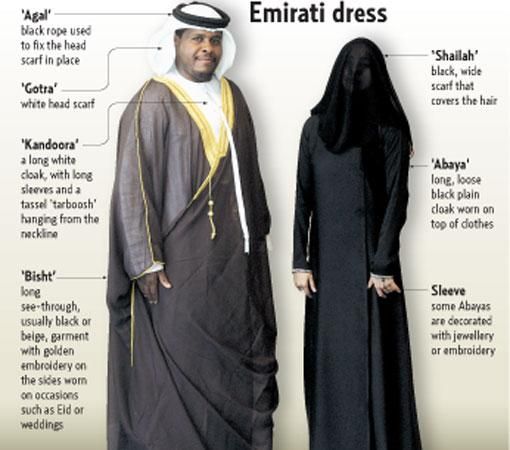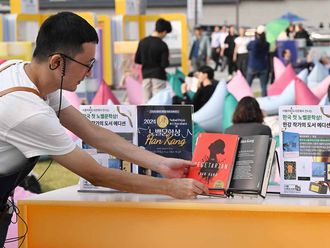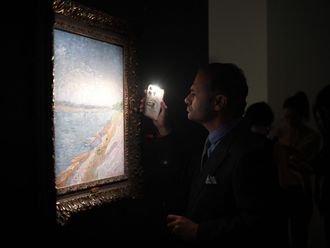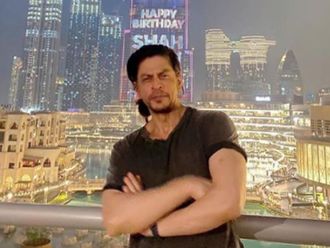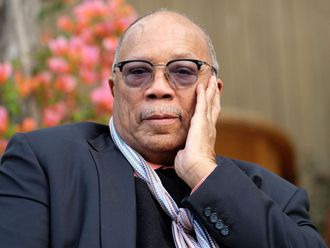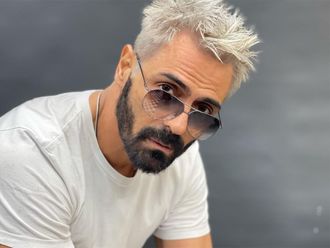Dubai: National dress in most countries is mainly worn to dress up for celebration to mark special occasions.
However, in the UAE, national dress is still the everyday wear for Emiratis across all age groups. Emirati women's traditional clothes include 'Jalabiya' and Abaya. They are deemed as a combination between beauty and decency.
Traditionally, women used to wear 'Abaya' on their heads when were in public. 'Abaya' is a long, loose black plain cloak which was placed on top of their clothes. They come in different designs.
Most young women wear the Jalabiya, on special occasions such as Eid and weddings. It is a loose dress with long sleeves, embroidered on the lower part of the sleeves and the neckline.
The Jalabiya, is made from high quality shiny fabrics such as 'Al Mzarray', a fabric that is made of 'Zary', which are golden or silver shiny threads.
There are also the light silky fabrics that are used for the bride's dress which is 'Abu Tairah' or 'Abu Al Tyoor'. It is a colourful fabric that has flowers with leaves shaped like the wings of a bird imprinted on it. Traditionally the bride's dress is a loose Jalabiya stitched from 'Abu Al Tyoor' and beautifully embroidered with silver or golden threads along the neckline.
Older women used to and most still do wear a black, wide scarf called 'Shailah' that covers their hair .
A distinctive element is the 'Burqa' (Pronounced burga locally). It is a outer garment worn by women to cover her faces. It is made of a shiny fabric close to golden and shows only the eyes and cheeks. Men wear the 'Kandoora', a long white cloak, with long sleeves with a tassel 'tarboosh' hanging from the neckline. They wear a white head scarf called the 'Gotra'.
The Gotra sometimes is wrapped like a turban and is then called 'Esamah'. A black rope like garment is worn to fix the 'Gotra' or 'Esamah' in place and is called 'aqal'. On special occasions, a long see-through, black or beige, garment with golden embroidery on the sides is worn on top of the 'Kandoora'. This garment is called 'Bisht'.
Traditionally, parents used to dress their newborns in a loose comfortable cotton dress called 'Sbooha' regardless of the sex of the baby until the age of one.


